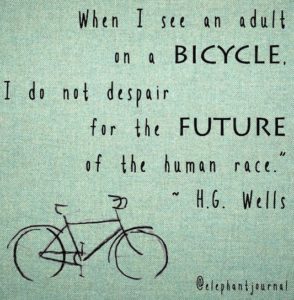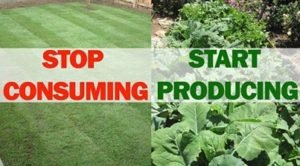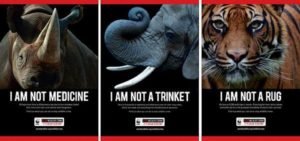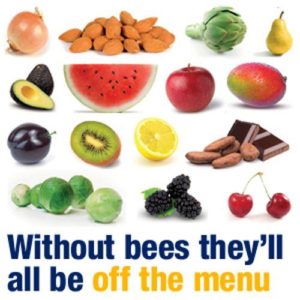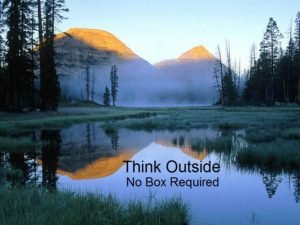
Nature is in Our Hands
Nature isn’t a place to visit, it is our home. The most effective way to connect our children to nature is to connect ourselves. “It is not half so important to know as to feel when introducing a young child to the natural world.” Rachel Carson
“What is the extinction of a lily to a child who has never seen a flower ? ” Robert Michael Pyle
“Look deep into nature, and then you will understand everything better.” ~ Albert Einstein
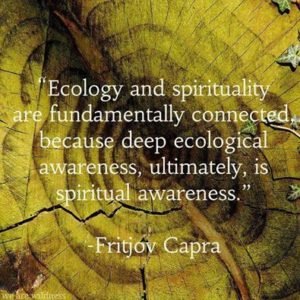
Links:
Controlling Mosquitos and Other Insects
Wasteful Things We Can Do Without
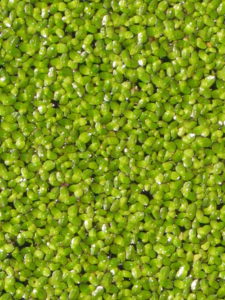
I have small pools in my back yard that the frogs love, so I like to keep water in them. If you have a pool without running water, these little duckweed plants are just right to help keep the mosquitos out and the frogs singing. It multiplies quickly and gets so thick that sometimes I scoop a net full out to fertilizer other plants.
Climate change is real! Be Prepared!


Imagine, Grow, and Breathe Green! Help keep our air, water, and soil clean and people healthy.

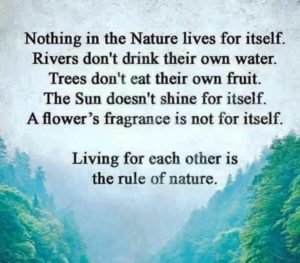



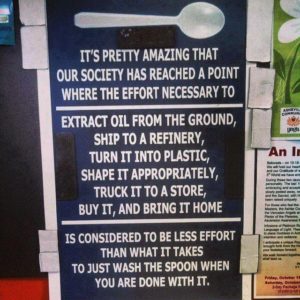

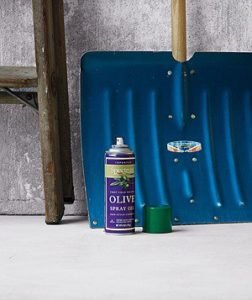
For icy steps and sidewalks in freezing temperatures, mix 1 teaspoon of Dawn dish washing liquid, 1 tablespoon of rubbing alcohol, and 1/2 gallon hot/warm water and pour over walkways. They won’t refreeze. No more salt eating at the concrete in your sidewalks
Need to insulate a window? This works! Measure and cut bubble wrap. Spray water on glass and apply bubble wrap. It stays and you can remove easily with no sticking.
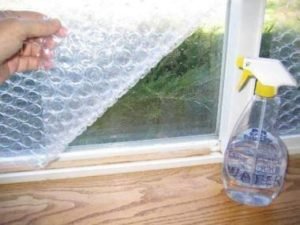
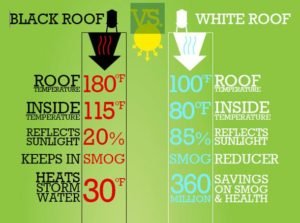


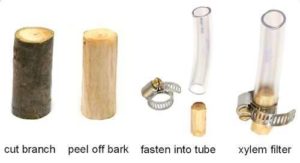
Pine Filters Pine filters remove 99% of bacteria from water. This news is fresh out of MIT and is an exciting bit of information for those who love to live sustainably! “If you’ve run out of drinking water during a lakeside camping trip, there’s a simple solution: Break off a branch from the nearest pine tree, peel away the bark, and slowly pour lake water through the stick. The improvised filter should trap any bacteria, producing fresh, uncontaminated water. In fact, an MIT team has discovered that this low-tech filtration system can produce up to four liters of drinking water a day — enough to quench the thirst of a typical person.”
““There is a community of people who do look at sap flow and drying in plants because it’s obviously important, but that community doesn’t intersect with the water purification community,” said Karnik, an associate professor of mechanical engineering at the Massachusetts Institute of Technology. “They are thinking about how plants work and not how we can use plants to accomplish something else.”
Trees, the engineers learned in detail, have a tissue inside called xylem that transports sap. The hardwood at the center of the tree is old, dried xylem that has filled in with resins. But in the outer layer of the tree and in new growth is the xylem that transports sap.
Trees use an interconnecting structure of channels within the xylem—similar to pipes in parallel—each connected by a membrane that allows fluid through but blocks small particles or air bubbles. If bubbles formed and blocked the flow of sap, it could harm the tree’s health. The particular structure of conifer xylem seemed intriguing, Karnik thought, because a study of the structure of its xylem suggested it was likely to be a more effective filter than xylem from flowering trees.”






